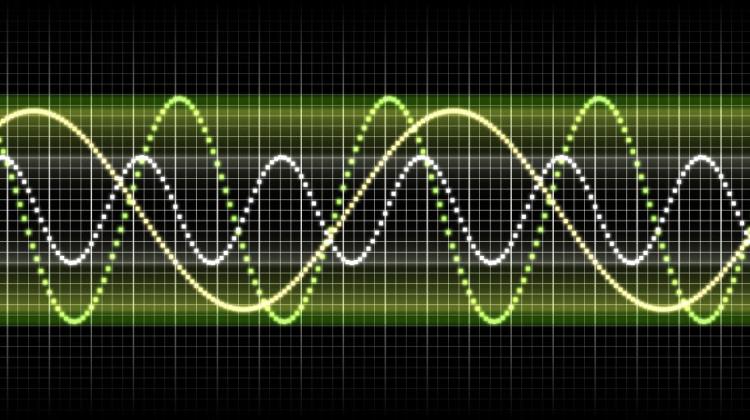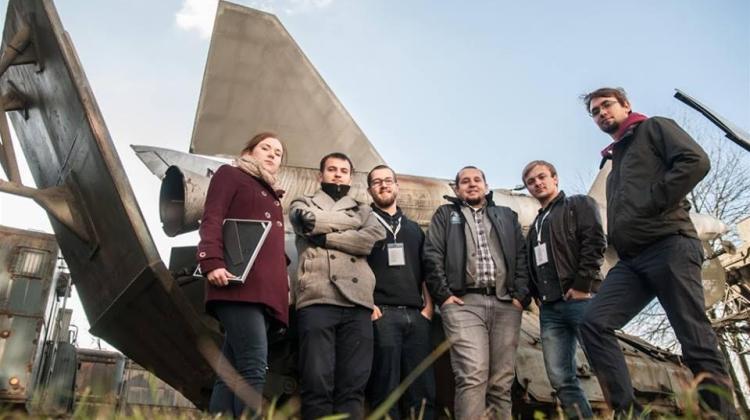Devices can run more quietly
 Photo: Fotolia / Markus Gann
Photo: Fotolia / Markus Gann
Vibro-acoustic barrier can block the noise - vibration and sound frequency unpleasant for people. Scientists from the Department of Mechanical Engineering and Machine Building, Faculty of Mechanical Engineering, Wroclaw University of Technology are working on a protective panel composed of metamaterials.
Barriers are designed with the use of acoustic metamaterials. Their arise not from their molecular structure, but the shape and structure in a slightly larger scale. Acoustic metamaterials are deliberately manufactured composites also known as "sonic crystals". Through their specific structure based on regularly spaced resonators they can be adapted in light load-bearing structures. They help to control the mechanical waves - sound, even in the ultra and infrasound range.
Acoustic barrier deviates sound waves from the protected object. Thanks to this phenomenon, sound can bypass us and be sent in another direction, like water in a regulated river. Construction of many of metamaterials may be based on the structure of nanotubes, nanowires or other nano-structures, for example carbon structures.
In many research centers around the world scientists conduct basic research on metamaterials themselves. Researchers at Wroclaw University of Technology analyse vibrations of equipment, develop acoustics and vibroacoustics. As part of this research, they have invented a vibro-acoustic barrier. Co-authors of the patent application of the invention are Prof. Eugeniusz Rusiński, Dr. Przemysław Moczko and Dr. Damian Pietrusiak.
"We design barriers in the form of panels that can have complex shapes. This will allow you to use them to make housing for devices that generate noise. They replace screens place around such a machine to silence it. Their advantage is that they effectively suppress vibrations and noise in the selected frequency range, are lightweight, and can also carry loads. We can screw on or place such cover, and the device remains stable and robust" - argues Dr. Damian Pietrusiak.
The solution is designed for a number of industries. Such panels could be used to build car parts. If the panels are light, the car will be environmentally friendly. Researchers will also assemble them into prototypes fans, trying to get funding for this idea from the programme Tech-Team of the Foundation for Polish Science. The requirement is to find an industry partner, talks are underway.
Protecting people against machinery-related noise requires in-depth knowledge of human responses to different frequencies of vibration and signal characteristics. Knowledge on the subject is collected by an innovative field of research - psychoacoustics.
"Currently, the noise assessment carried out by measuring sound pressure. The results are compared with the standard, but we do not take into account the fact that the reactions to noise are subjective. Two vacuum cleaners, both generating noise at the same level of decibels, can be differently perceived in studies involving respondents. It may turn out the noise generated by one of them will be more unpleasant for the human ear than the other. Finding the differences requires analysis of the signal at the level of frequencies and the relationship between them. This will tell us what range should be suppressed and how" - explained Dr. Pietrusiak.
Further development of research on acoustic barriers and silencing machines requires the creation of a multidisciplinary team, involving someone who will bring mechanics, electronic engineers and acoustics experts up to speed on the impact of sound and vibration on the human body, also from point of view of psychology. A study can be carried out with participation of users, who will present their subjective feelings; a specialist in a field other than engineering will be needed to evaluate such research.
PAP - Science and Scholarship in Poland, Karolina Olszewska
kol/ mki/ mrt/
tr. RL
Przed dodaniem komentarza prosimy o zapoznanie z Regulaminem forum serwisu Nauka w Polsce.

















